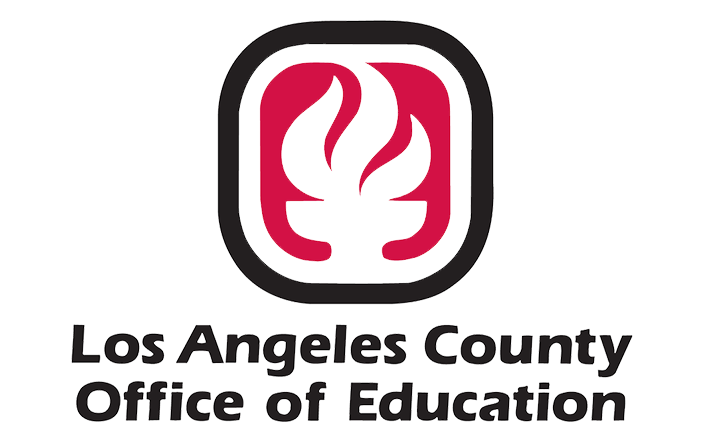The sound of children’s laughter is most often accompanied by an unabashed open mouth smile that resonates with joy. Laughter is a form of communication that develops before speech; it is a universal language that boosts immunity and reduces stress. When shared, it functions as a relational multivitamin that promises connection across age and culture. Laughter and humor can also enhance learning by increasing engagement and reducing anxiety during moments of overwhelm or frustration.
Infants begin to laugh at three to four months of age. By eight months, babies learn to use their bodies to elicit laughter and to invite others in play. Humor in early childhood is forgiving. While the perfect joke is unnecessary, silly faces, odd noises, funny songs, repetition, and a taste for the absurd are sure to impress.
During the next month we invite you to join the “find your funny bone challenge” by creating daily opportunities to share laughter with a child, colleague, family member, or friend. Sunshine is guaranteed!
Masten, A. S. (2014). Ordinary magic: Resilience in development. Guilford Press
Parent Trust (2020, June 22). Infants and Laughter. https://www.parenttrust.org/2020/06/22/infants-and-laughter/
Stambor, Z. (2006, June 1). How laughing leads to learning. Monitor on Psychology, 37(7). https://www.apa.org/monitor/jun06/learning


